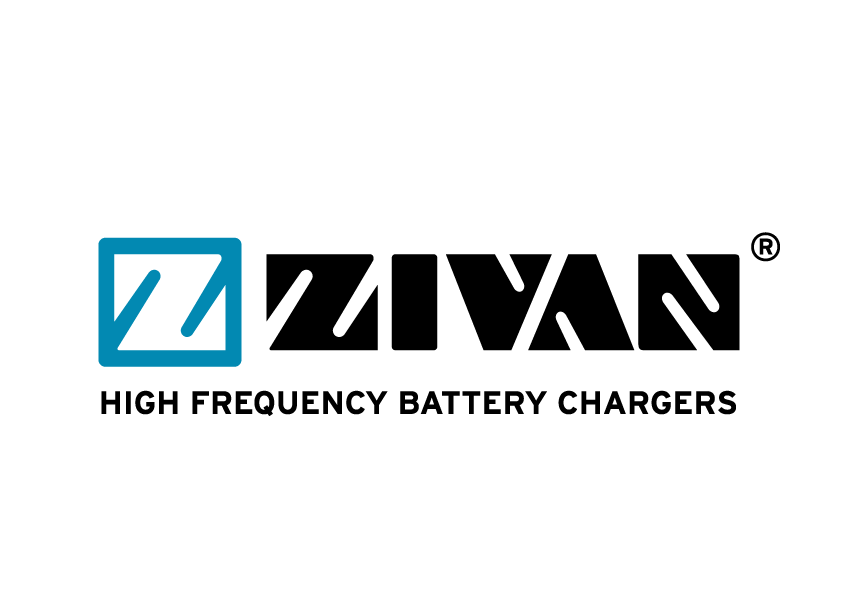It’s 2050. Cities hum with the quiet efficiency of EVs. Fast-charging stations dot the landscape, providing quick power-ups for personal vehicles and smart public transport systems alike. Construction sites have replaced the roar of inefficient internal combustion engines with the gentle stability of electric drivetrains.
The world is a vibrant and livable place for future generations.
To bring this ideal scenario to life, there’s a lot of work to be done. According to a 2023 analysis by the International Energy Agency (IEA), only 3 out of 50 components are fully "on track" with the Net Zero by 2050 Scenario trajectory.1 The bottleneck? McKinsey identifies one of the biggest challenges as “uncertainty in capital deployment from investors and original equipment manufacturers (OEMs).”2
To help remedy this uncertainty, let’s shed light on three major geopolitical drivers in electrification today. Interestingly, a closer examination of the widening gap between sustainability objectives and their implementation reveals more than space for action—it reveals unique opportunities for forward-thinking OEMs.

1 IEA. Tracking Clean Energy Progress 2023. https://www.iea.org/reports/tracking-clean-energy-progress-2023
2 Mckinsey. Global Energy Perspective 2023: Industrial electrification outlook. https://www.mckinsey.com/industries/oil-and-gas/our-insights/global-energy-perspective-2023-industrial-electrification-outlook
Net Zero by 2050: Electric Implications
The Net Zero by 2050 scenario is a bold framework proposed to halt global warming, requiring a complete cessation of net greenhouse gas emissions by mid-century. As of 2024, the UN states numerous entities have pledged to take action, including more than3:
- 140 countries
- 9,000 companies
- 1,000 cities
- 600 financial institutions
The ambitious Net Zero target has profound implications for industries as a whole, necessitating a drastic pivot towards electric vehicles (EVs) in everything from passenger cars to heavy machinery. Governments worldwide are enforcing this shift through regulations that incentivize EV production while imposing strict penalties on greenhouse emissions.
For OEMs, these changing regulations present a challenge—and an opportunity. For example, light-duty EV sales are anticipated to triple in 2030, accounting for 40% of total light-duty vehicle sales 4. The same model anticipates heavy-duty vehicles to achieve similar results, and it can be expected that this growth will continue to trickle into off-road and non-road machinery as regulations tighten further.
3 United Nations. For a livable climate: Net-zero commitments must be backed by credible action. https://www.un.org/en/climatechange/net-zero-coalition
4 IEA. Outlook for electric mobility 2024. https://www.iea.org/reports/global-ev-outlook-2024/outlook-for-electric-mobility
European Battery Passports
Another significant step toward an electrified future is the introduction of the European battery passport by 2026. This digital certificate will ensure that all batteries sold in Europe meet strict environmental manufacturing standards and are capable of efficient recycling.
Such passports aim to increase transparency, traceability, and sustainability in the battery supply chain—critical factors given that batteries are the heart of electrified machinery.
As these and similar requirements trickle to global markets, OEMs can potentially benefit from a first-mover advantage by preparing now. Potential steps and benefits include:
- Early adoption – By partnering with battery and charger experts who align with these forthcoming standards, OEMs can secure essential supplier relationships before similar regulations take effect in other regions.
- Strategic advantage – Taking time now to understand the nuances of electrification, such as battery and charger compatibility, allows OEMs to make informed decisions without the pressure of immediate market or policy shifts.
- Cost efficiency – Since electrification is proven to reduce operational expenses by up to 60%,5 early compliance can help OEMs achieve cost-savings while positioning for the next inevitable wave of regulatory standards
For forward-thinking OEMs, this regulation is not a hurdle, but a stepping-stone to take the lead in your respective market.
5 McKinsey. Harnessing momentum for electrification in heavy machinery and equipment. https://www.mckinsey.com/industries/automotive-and-assembly/our-insights/harnessing-momentum-for-electrification-in-heavy-machinery-and-equipment
Global Supply Chain Considerations
The electrification of vehicles heavily relies on materials like lithium, cobalt, and nickel, which are often mined in politically sensitive regions 6. The growing demand for these materials at times places immense pressure on the global supply chain, highlighting the vulnerability of relying on general suppliers.
How can OEMs navigate this unique challenge? There are several ways:
- Remaining aware of both supply chain concerns and potential chances to diversify, such as battery chemistries that use more abundant resources.
- Partnering with battery and charging specialists rather than general suppliers, who may lack the industry knowledge or foresight to pivot and adapt to strained supply chains.
OEMs that can secure a stable and ethical supply chain build relationships with suppliers committed to sustainable and fair labour practices will be better positioned in the market. Such steps mitigates the risks associated with material shortages and price volatility, strongly positioning you at the forefront of electrification’s global push.
6 American Affairs Journal. The Geopolitics of Cobalt. https://americanaffairsjournal.org/2021/11/the-geopolitics-of-cobalt/
Looking to an Electric Horizon
It’s 2050, the year we decide our planet’s future. Where do you see yourself?
The choices made today will determine whether that world in 2050 is a vibrant, livable place or a cautionary tale of missed opportunities. Rather than react to regulatory changes as they come, leading OEMs are taking action now to secure a place in this all-electric future.
By understanding both the greater driving factors and the technology behind it, OEMs position themselves at the forefront of the electric trend, playing a historic part in securing a more sustainable planet for generations to come.
Sources:
- IEA. Tracking Clean Energy Progress 2023. https://www.iea.org/reports/tracking-clean-energy-progress-2023
- Mckinsey. Global Energy Perspective 2023: Industrial electrification outlook. https://www.mckinsey.com/industries/oil-and-gas/our-insights/global-energy-perspective-2023-industrial-electrification-outlook
- United Nations. For a livable climate: Net-zero commitments must be backed by credible action. https://www.un.org/en/climatechange/net-zero-coalition
- IEA. Outlook for electric mobility 2024. https://www.iea.org/reports/global-ev-outlook-2024/outlook-for-electric-mobility
- American Affairs Journal. The Geopolitics of Cobalt. https://americanaffairsjournal.org/2021/11/the-geopolitics-of-cobalt/
- McKinsey. Harnessing momentum for electrification in heavy machinery and equipment. https://www.mckinsey.com/industries/automotive-and-assembly/our-insights/harnessing-momentum-for-electrification-in-heavy-machinery-and-equipment
Media Contact
Violetta Fulchiati | Marketing & Communication Specialist
Phone: +39 0522 960593
E-mail: marketing@zivan.it


